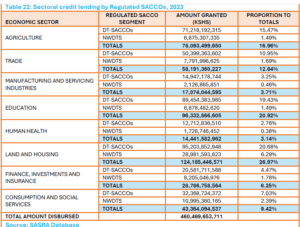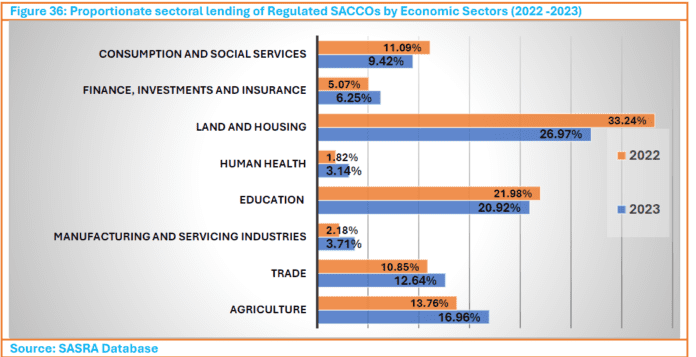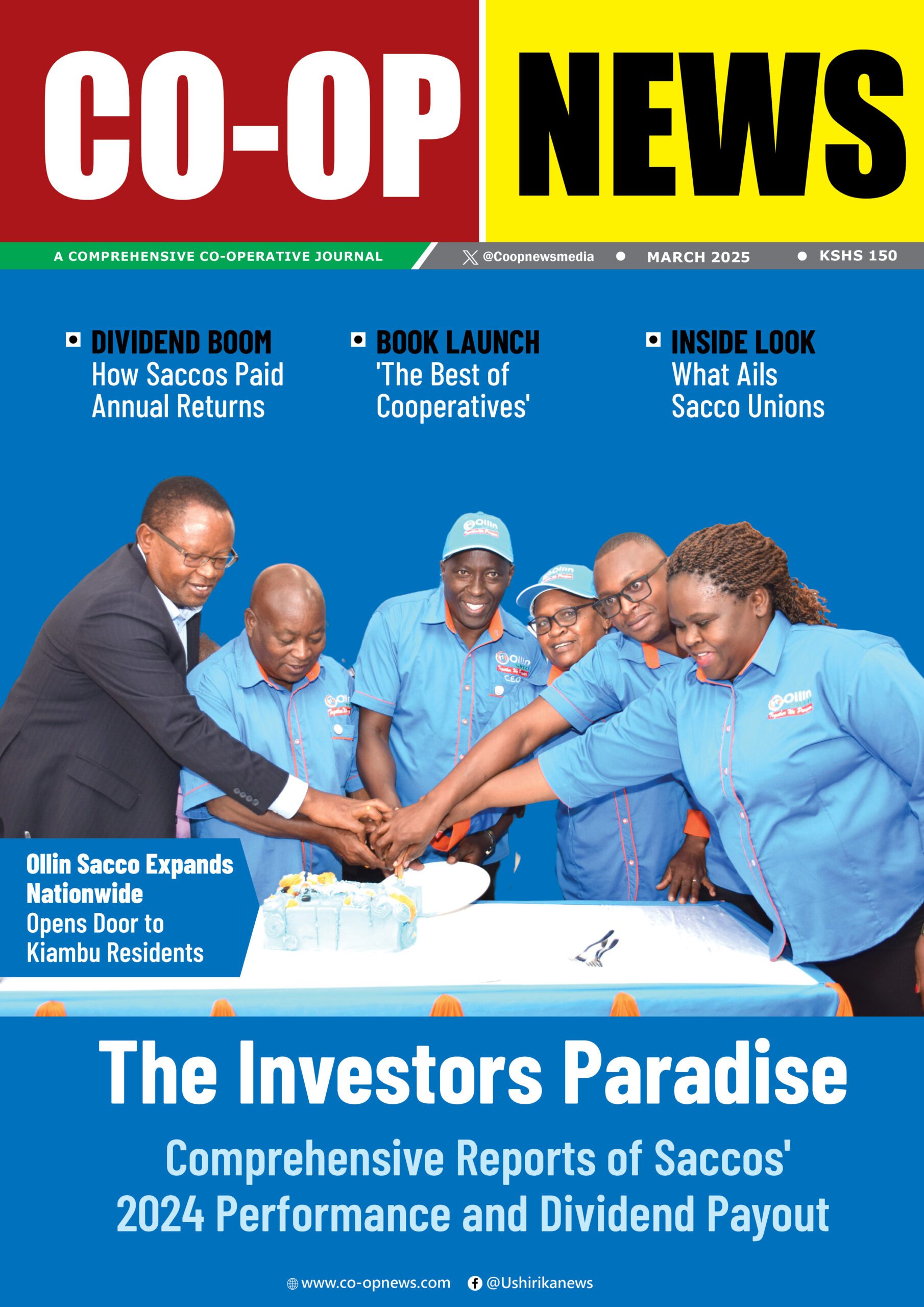Saccos Empowering Homeownership Dreams Among Members
Nairobi, Kenya – A recent survey conducted by the Sacco Societies Regulatory Authority (SASRA) has underscored the significant impact Savings and Credit Cooperative Societies (Saccos) have on home ownership and socio-economic improvement among their members. The findings were part of the Sacco Supervision Annual Report, 2023, an annual review focusing on the performance and operations of regulated Saccos in the country.
According to the report, Saccos have played a pivotal role in the Kenyan economy by offering affordable lending options. A detailed Sectoral Lending Report revealed that regulated Saccos disbursed a cumulative total of Kshs 460.47 billion, with a significant portion, Kshs 124.16 billion or 26.97% of the total loans, being allocated to the land and housing sectors. Although representing a slight decrease from the 33.24% share of loans directed towards land and housing in 2022, these figures affirm the continued preference for Saccos among individuals aiming to become homeowners.
The SASRA report provides a clear indication of the positive contribution that Saccos make towards enhancing the financial well-being of their members and supporting key sectors of the economy. Despite the slight dip in the proportion of loans for the land and housing sectors, the consistent funding underscores the trust and reliability Kenyans place in Saccos for achieving their dream of home ownership and improving their socio-economic status.
In a significant financial trend observed in 2023, Saccos demonstrated a strategic shift in their credit disbursement priorities, markedly impacting key sectors of the economy. The data reveals a nuanced adjustment in sectoral lending, with notable changes in allocations towards land acquisition, housing, agriculture, education, and the trade sector.
Specifically, the land sector, encompassing purchase and acquisition, received Kshs 63.62 billion, representing 13.82% of the total sectoral lending. This marks a decrease from the previous year’s 18.59%. Similarly, housing, including outright purchases or construction, was allocated Kshs 60.57 billion, accounting for 13.15% of the total credit disbursements, down from 14.65% in 2022. This shift indicates a cooling interest in real estate investments compared to the previous year. About 11 Saccos have partnered with the Kenya Refinancing Mortgage Company (KMRC) to offer affordable mortgage with single digit interest rate.


Conversely, the agricultural sector witnessed a significant uptick in credit allocation, receiving Kshs 78.10 billion, or 16.96% of the total, up from 13.76% in 2022. This increase underscores a growing focus on agriculture, with the majority of funds directed towards crop production, especially cash crops like tea and coffee, followed by animal production, agricultural support services, agribusiness, and forestry. Notably, 42% of Sacco industry membership hails from the agricultural sector, highlighting the sector’s importance to their financial health.
Education remains a priority for Sacco lending, with Kshs 96.33 billion disbursed the second highest chunk of the credit disbursed by Saccos, representing 20.92% of total credit disbursements. This funding, primarily aimed at covering school fees and related expenses, shows a slight decrease from the previous year’s 21.98%. This indicates a sustained commitment to supporting educational advancement, albeit with a marginal reduction in proportionate terms.
The trade sector saw an increase in credit disbursements, receiving Kshs 58.19 billion or 12.64% of the total, up from 10.85% in 2022. This sector’s credit was further broken down into wholesale and retail trade, hospitality, transport, and foreign trade, reflecting a diversified investment strategy aimed at stimulating economic growth across different areas of commerce.
These financial trends highlight Saccos’ strategic realignment in 2023, focusing more on sectors deemed crucial for sustainable economic development, such as agriculture, while cautiously adjusting investments in real estate and continuing strong support for education. The data provides a clear picture of the evolving financial landscape in Kenya, with Saccos playing a pivotal role in directing economic growth and development.
Saccos also play a crucial role in providing financial support for their members’ consumption and social activities. In 2023, the proportion of credit disbursed for these purposes decreased to 9.42%, totaling Kshs 43.37 billion, compared to 11.09% in 2022. This indicates that regulated Saccos have adopted a more cautious lending model for non-productive activities or that SACCO members had alternative sources of income to fund their consumption and social expenses.
SASRA has implemented a standardized and uniform reporting system for annual sectoral lending within the Sacco industry, focusing on eight economic sectors: agricultural, trade, manufacturing and servicing industries, education, human health, land and housing, and finance, investments, and insurance.





